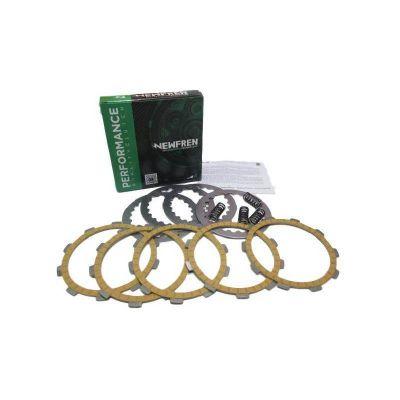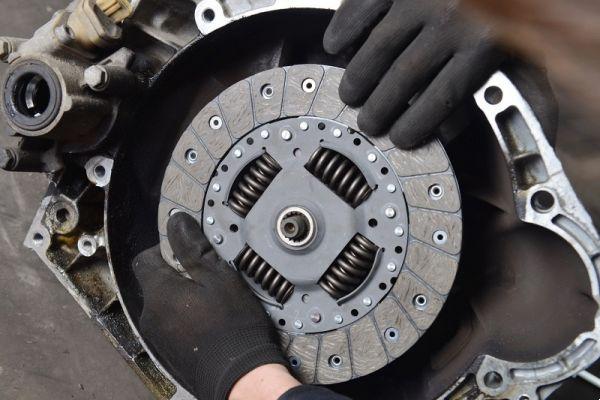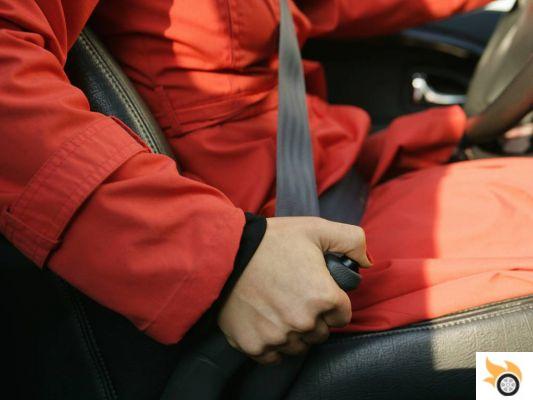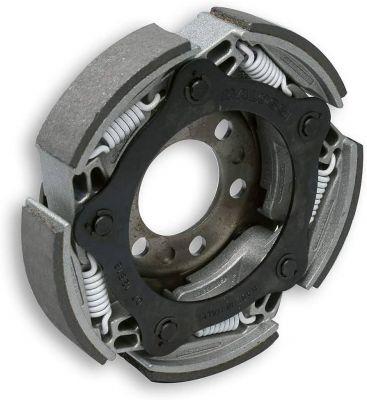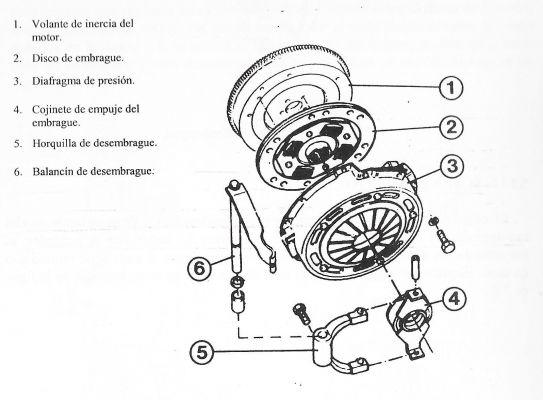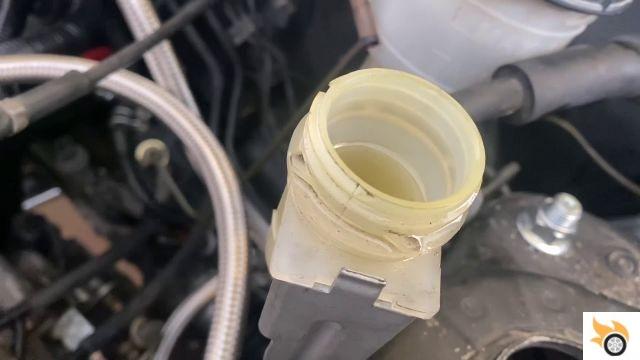 Article: How to bleed a vehicle's clutch
Article: How to bleed a vehicle's clutch
In this article, we'll provide you with instructions and tips on how to bleed a vehicle's clutch, whether it's hydraulic systems or transmission systems. Next, we will show you different steps and methods to carry out this task effectively and easily.
Bleed the clutch in hydraulic systems
Hydraulic systems are common in many modern vehicles. Here we explain how to bleed the clutch in this type of system:
Step 1: Gather the necessary materials
Before you begin, make sure you have the following supplies on hand: a container to catch the clutch fluid, a wrench, a bleeder hose, and fresh clutch fluid.
Step 2: Locate the clutch cylinder
The clutch cylinder is usually located near the clutch pedal. Identify it and make sure you have access to it.
Step 3: Open the bleeder valve
Using the wrench, open the clutch cylinder bleeder valve. This will allow the old clutch fluid to drain out of the system.
Step 4 - Connect the bleeder hose
Connect one end of the bleeder hose to the bleeder valve and the other end to the container to collect the clutch fluid.
Step 5: Flush the system
Have someone press the clutch pedal several times and hold it down. While the pedal is depressed, open the bleeder valve for a few seconds to allow the old clutch fluid to flow out through the hose and collect in the container.
Step 6: Repeat the process
Repeat the previous step until the clutch fluid comes out clean and free of bubbles. Be sure to maintain the level of clutch fluid in the reservoir throughout the entire process.
Bleed the clutch in transmission systems
In transmission systems, the clutch bleeding process is slightly different. Follow these steps:
Step 1: Gather the necessary materials
Before you begin, make sure you have the following supplies on hand: a wrench, a bleeder hose, and fresh clutch fluid.
Step 2: Locate the clutch cylinder
The clutch cylinder in transmission systems is usually located near the gearbox. Find it and make sure you have access to it.
Step 3: Open the bleeder valve
Using the wrench, open the clutch cylinder bleeder valve. This will allow air trapped in the system to escape.
Step 4 - Connect the bleeder hose
Connect one end of the bleeder hose to the bleeder valve and the other end to a container to catch the clutch fluid.
Step 5: Flush the system
Have someone press the clutch pedal several times and hold it down. While the pedal is depressed, open the bleeder valve for a few seconds to allow air to escape through the hose and collect in the canister.
Step 6: Repeat the process
Repeat the previous step until there are no air bubbles coming out of the bleeder hose. Be sure to maintain the level of clutch fluid in the reservoir throughout the entire process.
Frequently Asked Questions (FAQs)
1. What is the recommended frequency for bleeding a vehicle's clutch?
The recommended frequency for bleeding a vehicle's clutch can vary depending on the model and make of the vehicle. However, it is recommended to do it every 2 years or every 40,000 kilometers to keep the system in good condition.
2. What happens if a vehicle's clutch does not bleed?
If a vehicle's clutch is not bled, a number of problems can occur. Air trapped in the system can cause a spongy feeling in the clutch pedal, making it difficult to change gears. Also, the clutch can wear out prematurely and cause damage to other components in the drive system.
Conclusion
Bleeding a vehicle's clutch is an important task to keep the system in good condition and ensure optimal operation. Whether in hydraulic systems or transmission systems, following the proper steps will allow you to perform this task effectively and easily. Remember to do it with the recommended frequency and do not hesitate to seek professional help if you have any questions or difficulties.
Until next time,
The Pistonudos.com team






